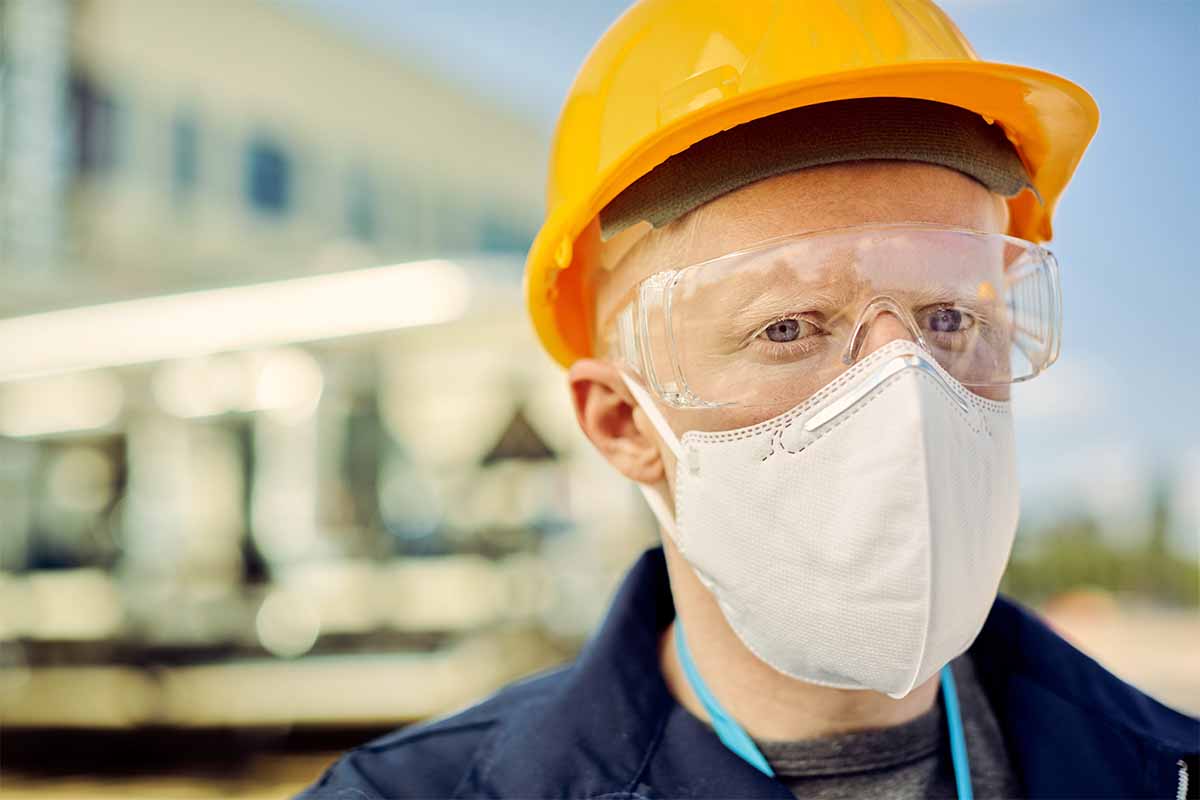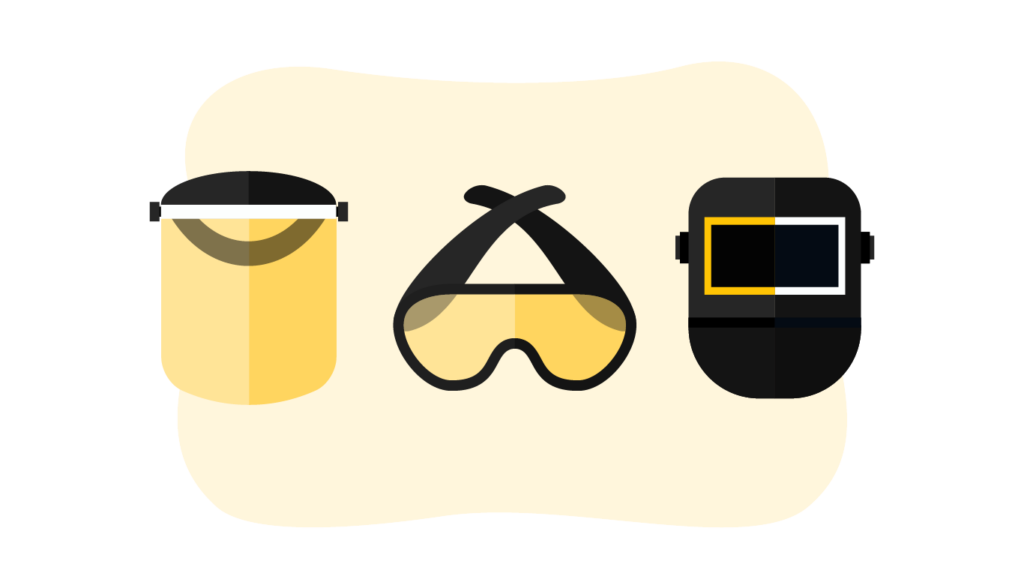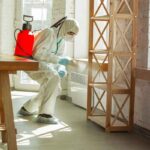Safety Glasses Toolbox Talk

Safety glasses are an essential piece of safety equipment in the workplace. They protect your eyes from debris and other hazards that could cause injury. When purchasing safety glasses, make sure to select a pair that meets or exceeds the safety standards set by the American National Standards Institute (ANSI).
- 2000 US workers sustain a job-related eye injury every day, requiring medical treatment.
- One third of these injuries are treated in hospital emergency rooms
- More than 100 of these injuries result in one or more days away from work.
Do what’s right to protect your sight

Why are Safety Glasses important?
There are many reasons why safety glasses are important in the workplace. One of the most important is that they protect your eyes from debris and other objects that could cause injury. Without safety glasses, you could easily lose an eye if something hits you in the face.
Another reason why safety glasses are important is because they protect your eyes from harmful UV rays. If you are working outside or in a place where there is a lot of sunlight, then you need to be wearing safety glasses to protect your eyes from the sun’s rays.
Finally, safety glasses can also protect your eyes from chemicals and other substances that could potentially cause harm. If you are working with any kind of chemical or substance, it is important to wear safety glasses to keep yourself safe.
OSHA regulations for Safety Glasses
There are a few OSHA standards for the use of safety glasses and other eye protection. These include:
The above standards relate to general industry, but there are also specific regulations regarding the use of safety glasses in both construction and the maritime sectors too.
Safety Glasses Hazards
Safety glasses protect against a variety of eye safety hazards, including:
- flying debris
- particles
- sharp objects
- hazardous gases
- dangerous liquids
- UV light from sun exposure
By wearing safety glasses, employees can protect their eyes from potential injuries caused by these glasses.
Your eyes are so sensitive and important to your wellbeing that you cannot underestimate the potential hazards in the workplace. In manufacturing, there is a lot of debris and opportunities for particles to affect your eyesight. In addition, when using sharp objects like knives, there are many possible accidents that can occur.

Safety Glasses Toolbox Talk
Why are safety glasses important?
Safety glasses protect your eyes from flying debris and other objects that could cause injuries. They also protect your eyes from harmful UV rays.
Common eye injury hazards
Flying debris, chemical splashes, sparks, and UV radiation are some of the most common causes of eye injuries.
Signs and symptoms of eye injury
The signs and symptoms of an eye injury can vary depending on the type of injury. Some common signs and symptoms include blurred vision, pain, redness, swelling, and discharge from the eye.
What to do if you spot an eye injury
If you experience an eye injury, seek medical attention immediately. Do not try to treat the injury yourself.
What you need to know about safety glasses
- Your employer will determine the type of protection required for each job. Personal protective equipment must be worn when necessary for the job, kept in safe conditions, and properly stored.
- Safety glasses protect your eyes against objects that could pierce, bruise or scratch them. They can withstand the high impact of work tasks like drilling, cutting, grinding or using a staple gun or nail to create flying particles or debris.
- Prescription lenses must be worn with approved safety glasses. These glasses must contain prescription lenses and frames that exceed the ANSI Z87.1 standard. Safety goggles can also be worn over regular prescription glasses. Safety goggles must be marked to comply with or exceed Z87.1 standards.
- Side protectors must be included in safety glasses when they are used to protect against flying particles or objects. Attachable side shields complying with the ANSI standard can be used if this is not possible.
Injuries that safety glasses protect you from
Some common injuries that can occur from flying debris or particles include scratches, cuts, and bruises.
In addition, safety glasses can protect employees from hazardous liquids that could cause burns or other injuries.
UV damage to the eyes can occur when you work outside for long periods. This includes corneal damage, cataracts and macular degeneration. Special safety glasses can protect against this.
By wearing safety glasses, employees can help protect themselves from potential injuries and keep themselves safe while at work.
Questions to employees
- Do all employees who work in the area where you are required to wear safety glasses, actually wear them?
- What do you think of the fit and comfort of the safety glasses that we provide?
- How often do you clean your safety glasses?
Promote Safety Glasses with this email template
Hi [Employee Name],
As you know, safety glasses are an essential piece of safety equipment in the workplace. They protect your eyes from potential hazards, such as flying debris or chemicals.
I strongly encourage you to wear safety glasses whenever you are working in a potentially hazardous environment. They may seem like a minor piece of safety gear, but they can make a big difference when it comes to protecting your eyesight.
Thank you for making safety a priority in the workplace. I know that by wearing safety glasses, you are helping to keep yourself and your colleagues safe.
Sincerely,
[Your Name]
Video on Safety Glasses
Safety Glasses Meme
Conclusion:
This safety glasses toolbox talk will help your employees understand the importance of wearing this personal protective equipment. Safety glasses are an essential piece of safety equipment in the workplace. They protect the eyes from debris and other hazards that could cause injury. It is important to always wear safety glasses when working in a hazardous environment.


